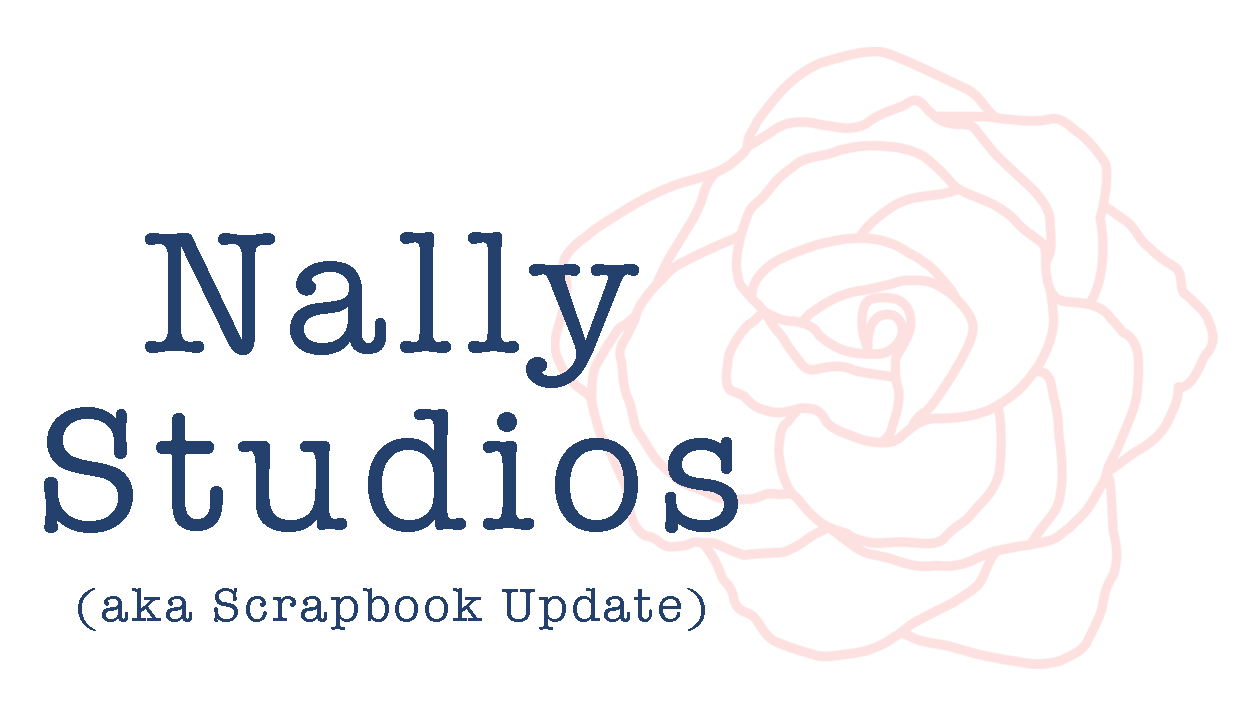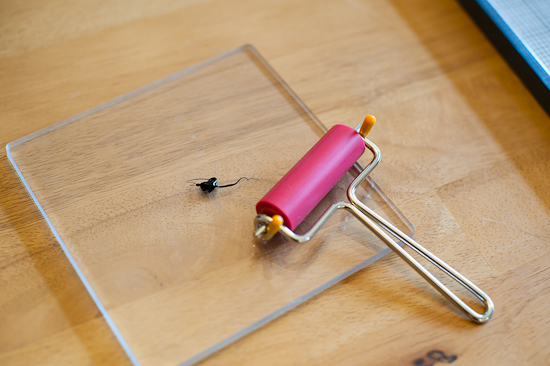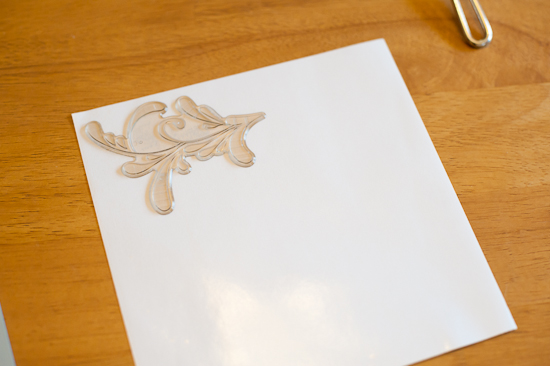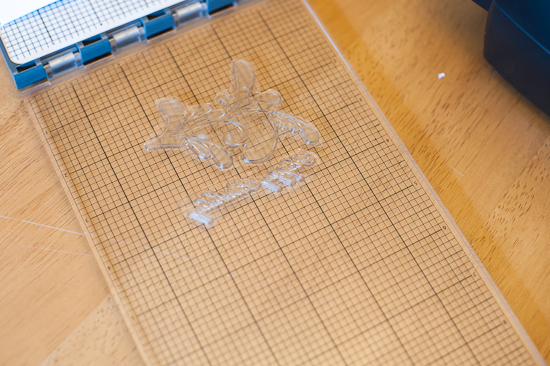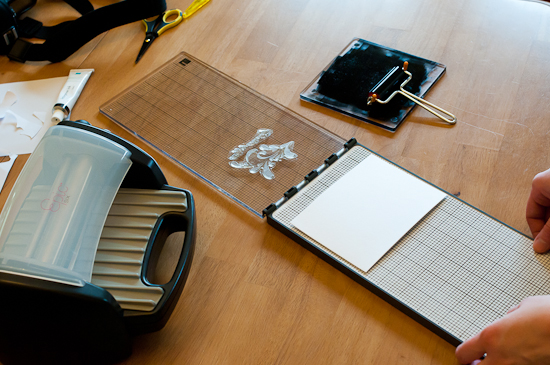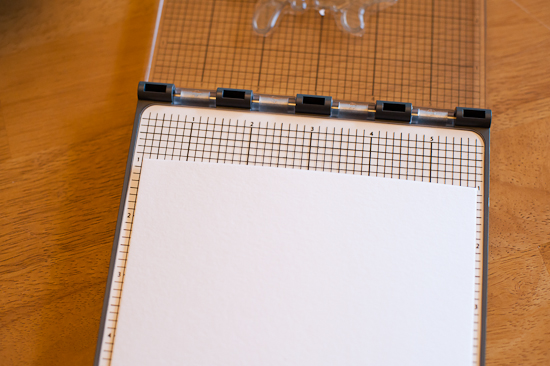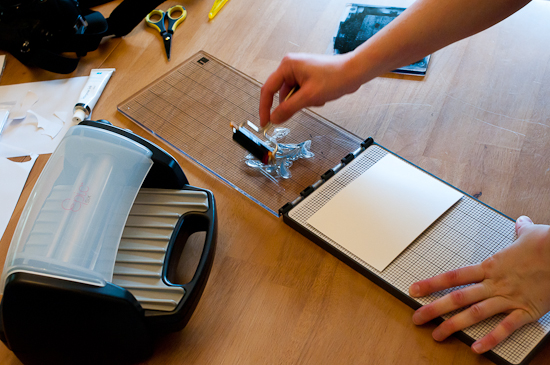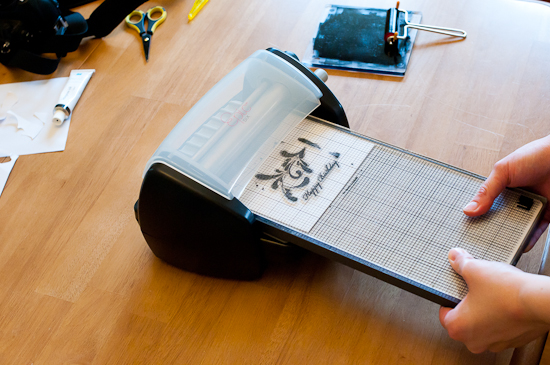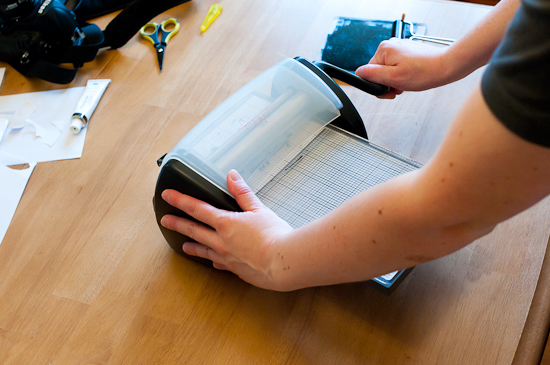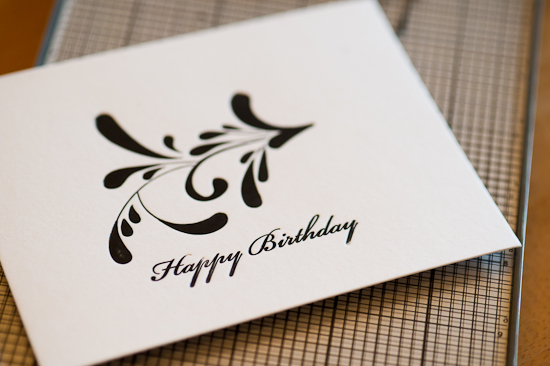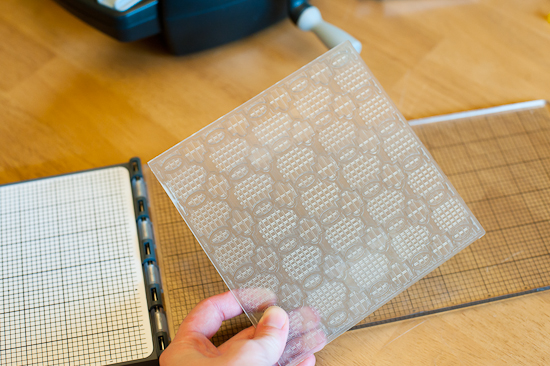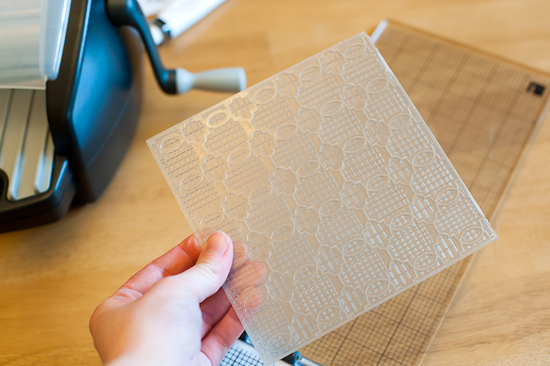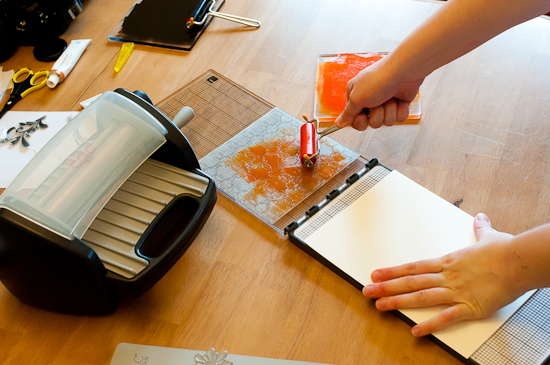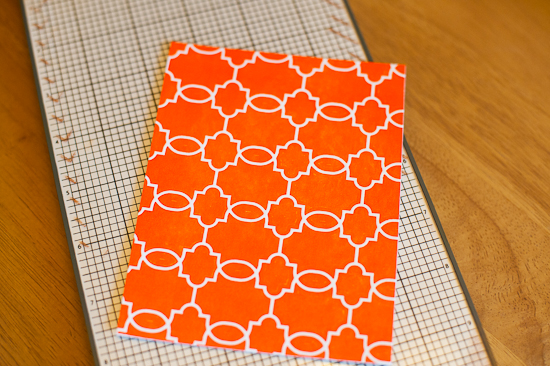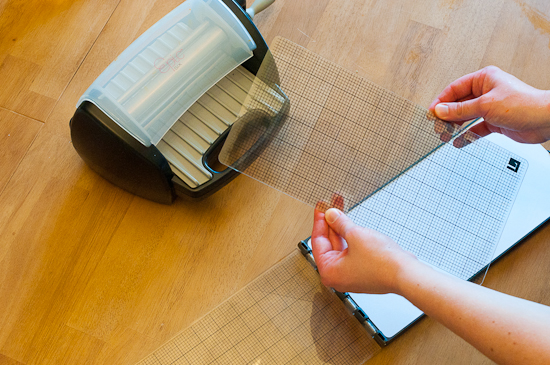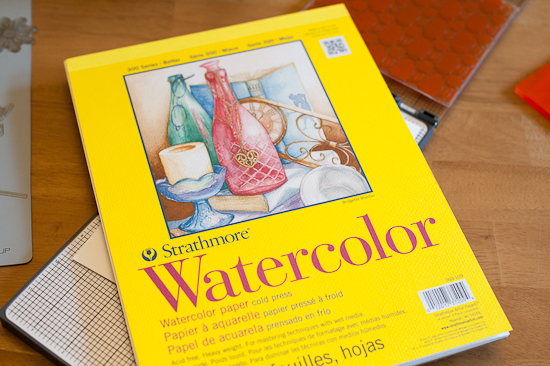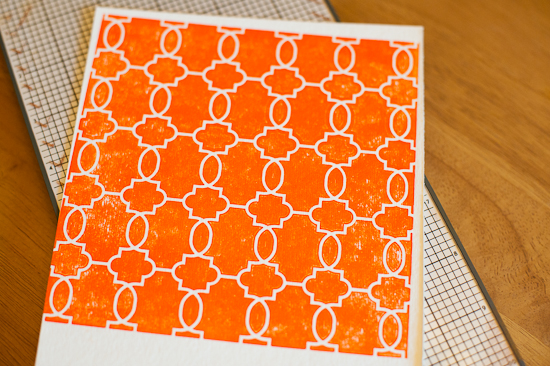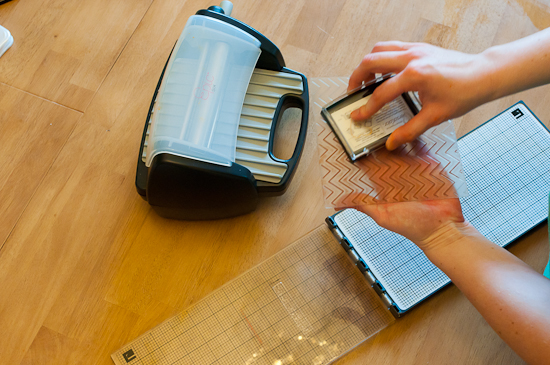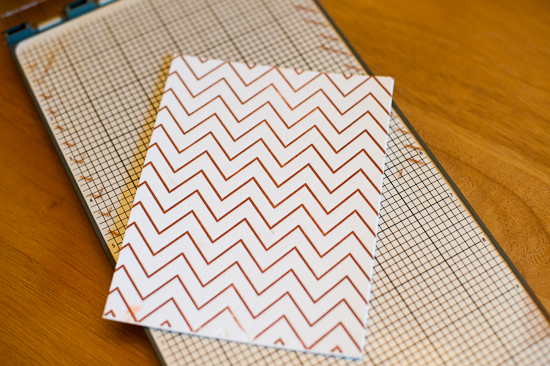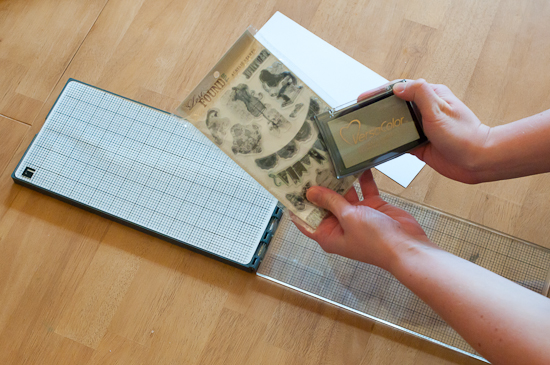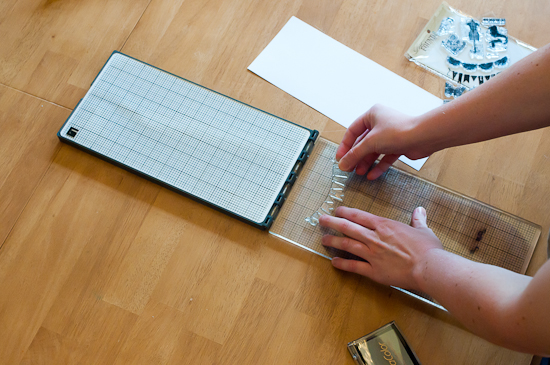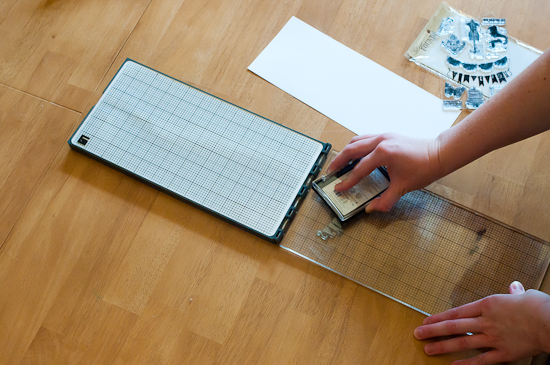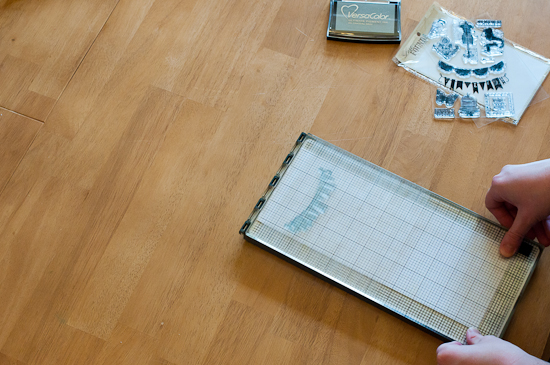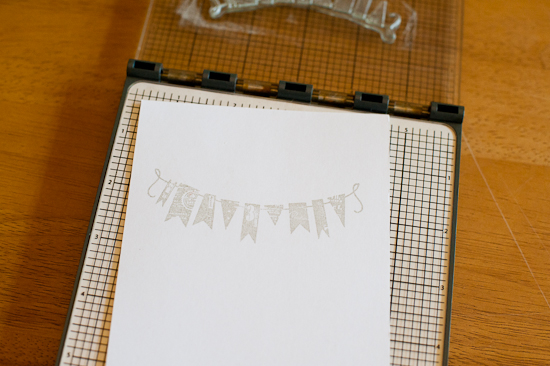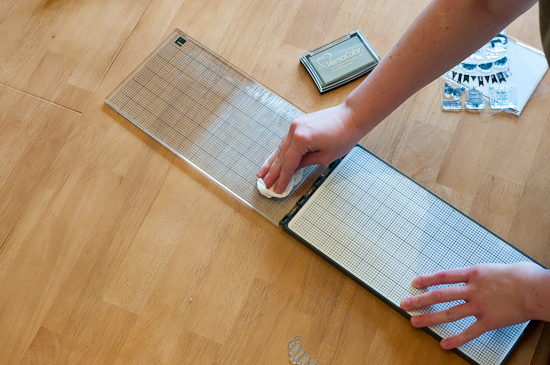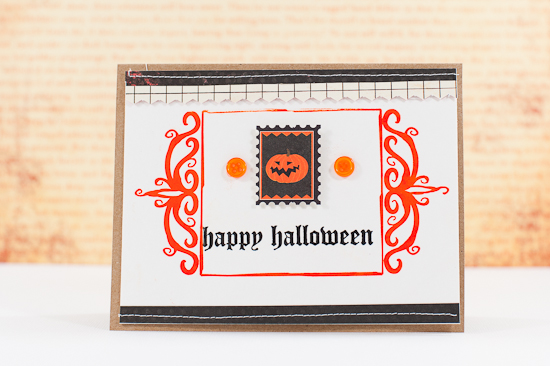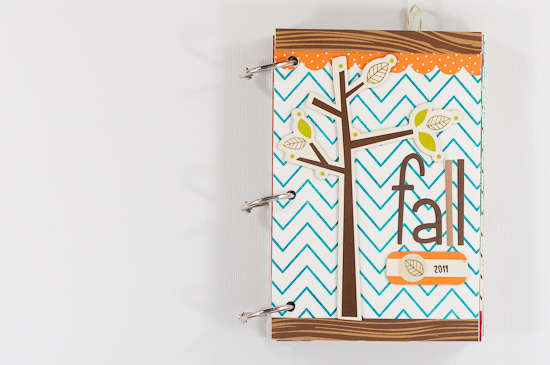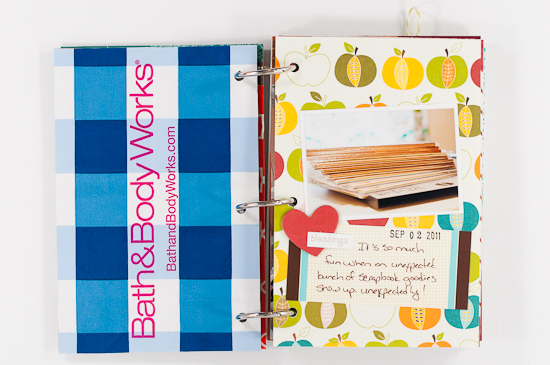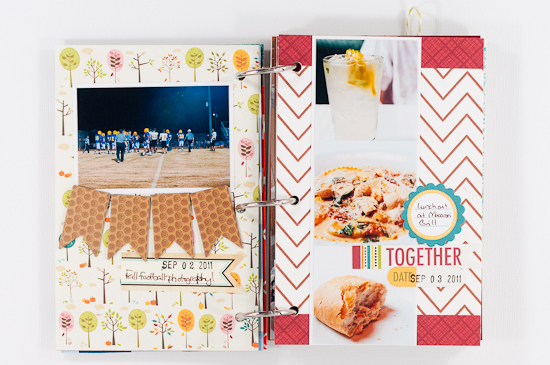Letterpress | L Letterpress from Lifestyle Crafts
Welcome to the first post in a new (mini) series of articles on Scrapbook Update! Over the next few weeks I'll be bringing you closer looks at tools and systems that bring a hot trend in stationery and cardmaking right into your scrap room: letterpress. Whether you're planning a DIY wedding or party, or just want to add a touch of elegance to your everyday cards and scrapbook projects, Scrapbook Update will bring you all the information you need to choose which home letterpress option is the right one for you.
Some of the options for home letterpress that I'll be exploring in these posts are add-ons to tools you may already own, some of them might actually be things you already own but didn't realize could be used this way, and today's focus, the L Letterpress kit from Lifestyle Crafts, is a complete setup that will have you making gorgeous projects right out of the box.

The L Letterpress Combo Kit comes with absolutely everything you need to start making basic cards and projects. Included in the box are the Epic 6 die cut machine, several letterpress plates, black letterpress ink, a brayer and ink base, a sample pack of letterpress paper, and the bases required for both letterpress and regular die cutting with the Epic 6. If you already own an Epic 6 tool, there is a separate, smaller Starter Kit available containing just the letterpress-related items.
Pre-made letterpress plate sets are available in a variety of styles and for a variety of holidays. Lifestyle Crafts also offers a custom plate service for customers who want to create their own specialized designs - a great option for DIY brides! Custom plates are 6" x 8" and can be ordered for $39.99, a fraction of the cost of custom letterpress invitations!
The ink included in the L Letterpress kit is a specialized oil-based formula that has a slightly tacky feel to it. The first and most important thing to know about using this ink is that less is truly more when working with it. Ink control is the key to getting crisp impressions from the L Letterpress tool, so when you get started it's best to squeeze out a tiny amount of ink (refer to the small pea-sized drop on my ink base in the photo below). You can always add more if you find you didn't use enough, but too much ink can cause "bleeding" outside the edges of the debossed image.
Once you've squeezed the ink out, use the brayer to roll it evenly until the ink base is covered. The ink should be spread very thinly and take on a slightly translucent quality. Remember when I said that less is more with this stuff? That tiny drop of ink covered my entire ink base, as you can see in the photo below!
The letterpress plates are adhered to the carrier using a removable adhesive sheet. Simply peel the protective paper off of one side of the included adhesive sheet, adhere the desired plate(s) to the sticky side of the sheet, and trim around the design.
Once the adhesive has been trimmed, the backing liner can be peeled off and the plates adhered to the top (clear) flap of the carrier base. (As an aside, I also had great results when experimenting with using Glue Dots to adhere the plates and found them a much faster option than trimming around the edges of the plate.)
Both the clear top and the base of the carrier are clearly marked with matching sets of measured grid lines to assist in getting a proper registration (alignment) of the paper to the design. The L Letterpress kit also includes a set of foam registration guides that can be temporarily adhered to the base of the carrier to ensure that the paper is placed in the same spot over multiple passes - a great option to have when mass producing a project!
Once the paper and letterpress plates have been placed and properly aligned, it's time to ink the plates. Roll the brayer across the ink base, using several passes if needed to achieve even coverage across the roller (but, again, don't load it up with too much ink), then roll it across the letterpress plates to transfer the ink, making sure that all parts of the design are evenly coated.
Then it's time to flip the clear top over to close the base, insert the base into the machine, and run it through just as you would a normal die cut sandwich.
I was pleasantly surprised with the results from the L Letterpress kit. The card below was produced on my very first try with the machine, and I was pleased with both the crispness of the image and the depth of the impression.
As I mentioned earlier, Lifestyle Crafts offers a wide array of letterpress plates, including a fantastic selection of background designs. These are available as add-ons and not included in the starter kit, but I picked up a few to use for this review. This particular plate is from the "Tile" collection and produces a beautiful lattice print.
Notice all the cross-hatching on the plate? Those are supports running across the back of the plate to support the large, filled portions of the pattern on the front. These supports help prevent buckling in the plate as it comes under pressure in the Epic 6 tool and ensure an even print.
While inking this background plate I discovered a small drawback to the brayer included in the L Letterpress kit. It's quite small and is a harder rubber than those typically used by stampers, and I found it difficult to get even ink coverage over such a large surface area. Not to mention that it took a very long time to ink the entire plate with such a small roller!
I decided to experiment and instead used a 6 inch soft rubber brayer from Speedball to apply the ink. They're very inexpensive (mine was less than $13.00 US), and I'd actually recommend that you pick one up for almost any of the letterpress options that will be explored in this series. It made a world of difference when working with the larger background plates in the L Letterpress collection, and I was very pleased with the even results I achieved. The small brayer is good for the tiny, intricate plates, but for larger surfaces you'll definitely want a bigger roller.
Now that we've taken a look at how the L Letterpress works, I'd like to talk about cleanup. Surprisingly, cleaning the letterpress plates took a lot of work, and a little experimentation with cleaning products since normal soap and water won't cut through the L Letterpress's oil-based inks.
The entire base, with the exception of a piece of white paper underneath the grid on the bottom of the base, is plastic and can be submerged for easy washing. Just be sure to lift out the clear grid and remove the paper before placing the base in water.
Lifestyle Crafts sells a special cleaning wipe for use with the L Letterpress system, but I didn't find any available locally. After doing a bit of research online, I found that others were having great results using Goo-Gone, an organic solvent, to clean the ink. I found a bottle easily at my local building supply store for around $7.00 US, and it worked miracles when cleaning up the L Letterpress's somewhat messy ink.
Once I'd completed my initial tests with the included paper and ink in the L Letterpress system, I decided to do what all crafty people enjoy doing: experiment!
The first thing I tried was a different type of paper. Some of the other letterpress options we'll be exploring in the coming weeks work with watercolor paper, so I swapped out some Strathmore 300 Series cotton watercolor paper for the included L Letterpress paper (also a thick cotton paper, which is a requirement for deep impressions).
I was less than pleased with the ink coverage results, though I fault the paper and not the L Letterpress system as it performed flawlessly with its own included papers. Strathmore 300 Series, while decent, is not top-of the line paper and has a deeper, more uneven grain than more expensive watercolor paper does. I definitely recommend that if you substitute papers in the L Letterpress system that you go ahead and spend a little extra to get the highest quality paper possible.
I also experimented with using a normal stamp ink, in this case VersaColor from Tsukineko, instead of the included letterpress ink.
When using ink pads with L Letterpress plates it's not necessary to use a brayer, and the ink can be applied directly to the plate. (Note that I'm inking a detached plate here for photographic purposes, but normally you'd attach the plate to the clear top of the carrier base before applying ink.)
I found that pigment inks (thus the use of VersaColor) worked best for this application. Dye inks are normally water based and tend to "bead up" on the plate's surface, resulting in uneven prints. Chalk ink tends to "clump" around the edges of the plate design, resulting in impressions that are less crisp than are desirable.
One last experiment I performed with the L Letterpress kit had nothing to do with letterpress at all, but instead shows a hidden talent of this tool. I love it when my tools multitask, and I was thrilled to find that the L Letterpress base when used on its own (without the Epic 6 tool) is a superb stamping platform!
Using the L Letterpress platform for stamping is extremely easy. Simply lay out your clear stamps on the clear top as if it were a giant acrylic block...
...ink them up...
...and then insert your paper and close the base's lid.
You'll want to apply a small amount of pressure over the stamps with your fingers, about the same amount as you would when using a normal acrylic block.
The same grid features and alignment tools that make the L Letterpress base perfect for mass producing letterpress projects are well-suited for mass producing stamping projects, as well.
And a major benefit of using stamp inks? Cleanup is much easier than with letterpress inks. Here I simply used a baby wipe to rub away the stray ink.
The huge array of L Letterpress plates and ink colors available mean that you can customize this system to create almost any project you could ever need or want. I've made just a few items to show off the versatility of the L Letterpress.
Supplies | Letterpress Paper: Lifestyle Crafts. Cardstock: The Paper Studio. Patterned Paper: Authentique (Glowing: Foundations). Die Cuts: Authentique (Glowing: Icons). Buttons: Papertrey Ink. Ink: Lifestyle Crafts (Orange, Black). Letterpress Plates: Lifestlye Crafts (Spooked).
The mini album below shows how the L Letterpress can be used by scrapbookers as well as card makers. I used papers made with L Letterpress background plates as pages in my fall mini album! You'll be seeing more pages from this album in coming articles that explore other home letterpress options.
Supplies | Letterpress Paper: Lifestyle Crafts, Strathmore Watercolor Paper (300 Series). Cardstock: Core'dinations (Tim Holtz Kraft-Core: Nostalgic Collection). Patterned Paper: Bella Blvd (Finally Fall - At the Patch, Bliss, Quadrants, Borders). Chipboard: Bella Blvd. (Finally Fall - Icons). Stickers: Bella Blvd. (Finally Fall - Alphabet + Bits, Miniatures). Journaling Spots: Elle's Studio (L'il Snippets Labeled Halloween, Spooktacular Autumn Tiny Tags). Ink: Lifestyle Crafts (Orange), Tsukineko (Staz-On Timber Brown, VersaColor Pacific, VersaColor Bark). Letterpress Plates: Lifestyle Crafts (Spooked, Tile). Date Stamp: Office Supply.
I found that the L Letterpress system was easy to use and produced beautiful results right out of the box, with the only small drawbacks being the limitations of the small included brayer and the unexpectedly long cleanup time needed after a project had been completed. The system is also flexible enough to be useful in other areas such as stamping, making the L Letterpress a great value as a multitasker.
